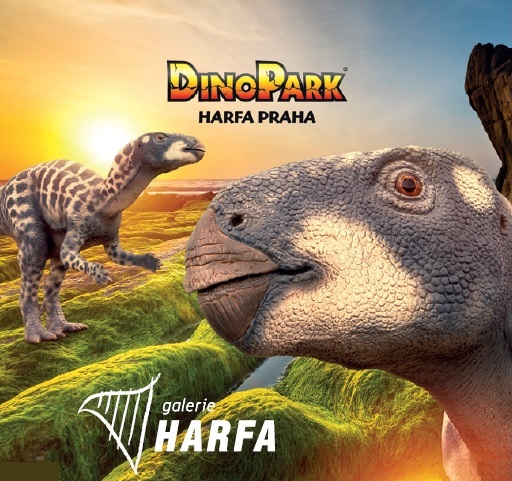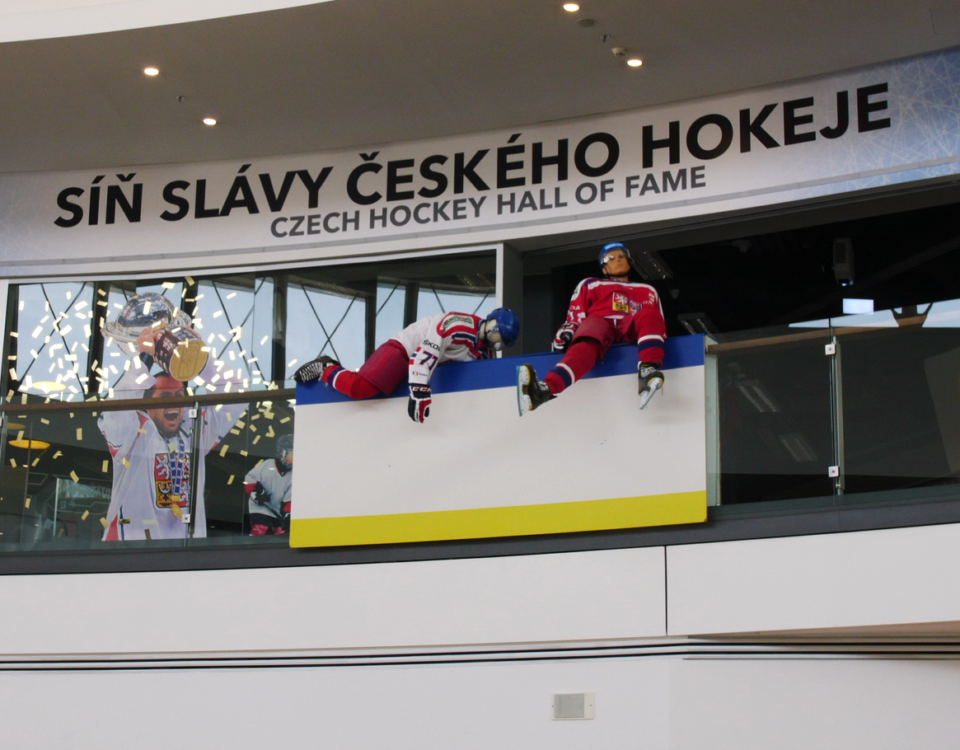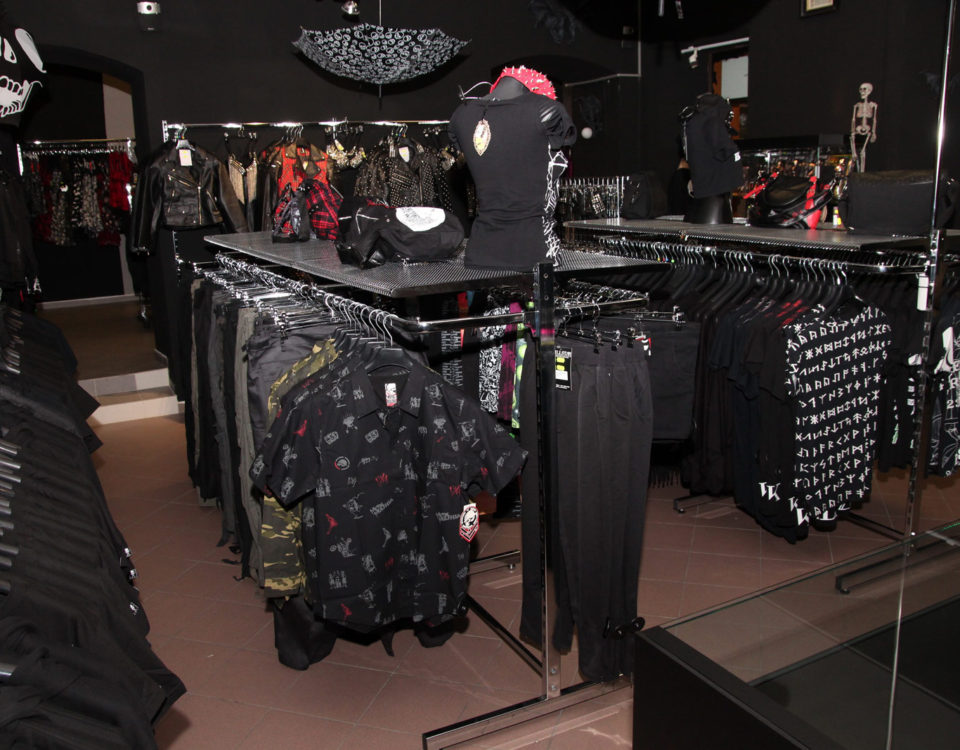- Your Online Prague Guide by locals – Follow us:
Ethnographic Museum of the National Museum

Dancing House (Tančící dům)
December 12, 2018
Friedrich Petschek Villa
December 12, 2018Ethnographic Museum of the National Museum
A Classicist style summer palace, in which an ethnographic exhibition presents everyday rural life in the 19th and 20th centuries. After visiting the museum you can visit the unique timber church of the Archangel Michael from the 17th century, moved to Prague in 1929 from Ruthenia, view a wooden belfry from Wallachia, a Baroque shrine from Žižkov, or continue walking through the Kinský Gardens across Petřín Hill to Prague Castle.
Contacts
- Ethnographic Museum of the National Museum
- Kinského zahrada 98
- 150 00 Praha 5- Smíchov
- +420 257 214 806
Object history
Next to the place where Holečkova Street ends at the square náměstí Kinských, there is the entrance to the Smíchov part of Petřín – the Kinský Garden. In the past, there used to be a vineyard here and the building of the Plasy Monastery, then after the Hussite storms a dilapidated place called Vrabcovna (Sparrow-pit), later on it was a vineyard again and a vegetable garden. In 1798 widow Countess Růžena Kinská bought this land as she wanted to establish a fruit garden, but her plans changed in the end. Her son Rudolf Count Kinský had a beautiful English park created here in the years 1827 – 31, with a uniquely clean conception according to a project of František Hönel. (see the separate document Kinský Garden). In the lower part of the park, he built a richly graphically decorated Classicist villa (summer house) according to a project of Jindřich Koch, who also projected the farm house in the lower part of the garden. The main front’s porticus with a triangle frontispiece is mounted on Ionic columns. Inside, there was a column hall with a tree-flight staircase lighted from above. On the staircase, there were statues of Psyche (author: Canova) and Vlasta (author: Emanuel Max). A unique piece of technology is conducted through the park with ponds and waterfalls – several tunnels to bring water to the villa, either to the kitchen, bathroom and laundry, or to the stables and for the park and the vegetable garden. Together with the summer house, also the former carriage house called Švýcárna, the house for the employees, the garden pavilion (later a restaurant), and greenhouses. At that time, the park was open for public with tickets, and it had lots of visitors.
In the 1890s, the Kinský family sold a part of the garden to the neighbouring St. Gabriel Monastery and the Institute for the Deaf and Mute, and they wanted to sell more land for the construction of villas and houses, but in the end, everything was purchased in 1901 by the city of Prague. The Kinský family took away the interior facilities and in 1902, collections gathered for the National Jubilee Exhibition in 1891 and the Ethnics Exhibition in 1895 were deposited in the already empty summer house. The collections remained in the summer house until 1986, when the object was closed due to emergency conditions. The city donated the Kinský summer house to the National Museum, which provided for the reconstruction of the building and from the 1st October 2005 prepared a new ethnic exhibition Musaion.
Source: https://www.prague.eu/en/object/places/716/ethnographic-museum-of-the-national-museum



